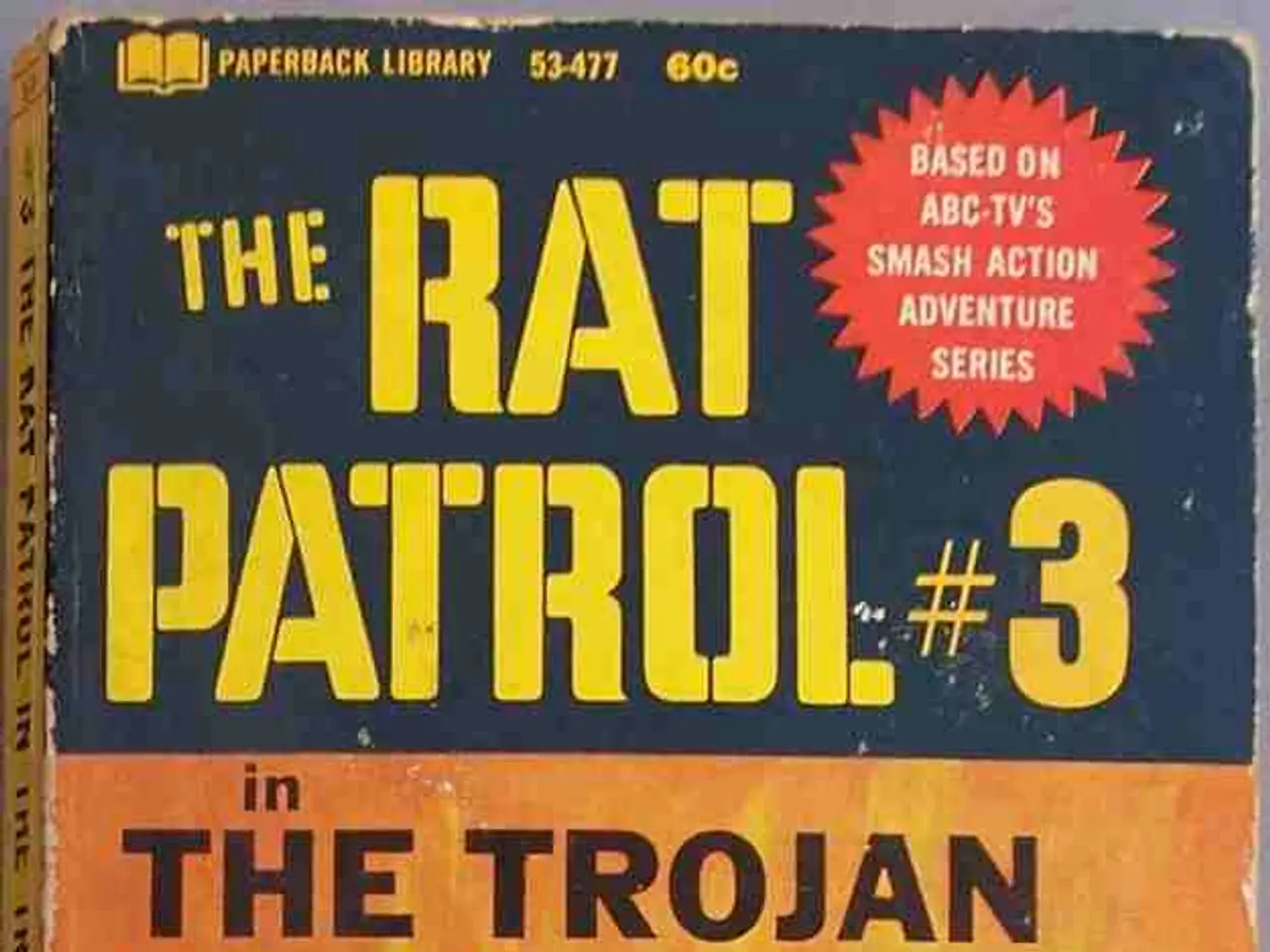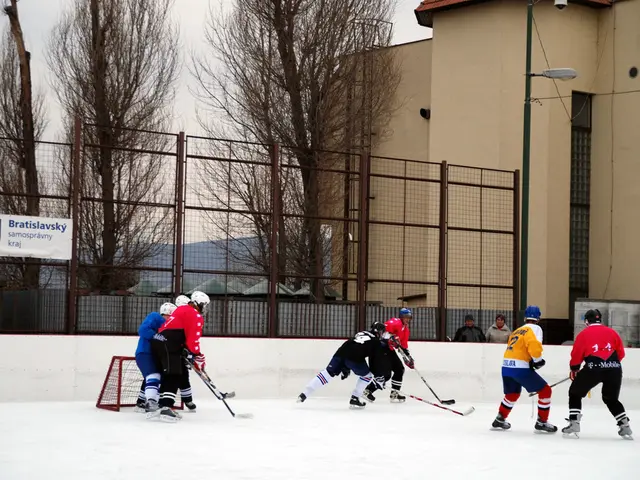Young Ukrainians enticed to the battlefront by employment with the Asov Battalion
The Azov Battalion, a once-controversial volunteer militia that has evolved into a key component of Ukraine's military, is currently running an advertising campaign to encourage young Ukrainians to join the fight against Russia. This campaign, launched amidst Russia's 2022 invasion, is part of broader efforts to mobilize and recruit volunteers for the defence of Ukraine.
The battalion, known for its black masks and far-right ideology during the War in Donbas, has a complex history. Originally formed in 2014, Azov was initially linked to neo-Nazi ideology, with symbols such as the Wolfsangel, a symbol used in Nazi times and often associated with far-right and neo-Nazi groups, being prominently displayed. However, after its initial volunteer phase, Azov was incorporated into Ukraine’s National Guard and later into the Special Operations Forces, with reforms aimed at distancing the unit from its extremist past.
Despite these efforts, concerns about far-right extremism persist. Azov's ads show a diverse range of individuals, including women, choosing to join the battalion. Interested applicants can fill out an online form to apply for a position, with basic training lasting between six and eight weeks. The battalion places great emphasis on the training of personnel and prepares recruits carefully for combat operations.
The battalion's close ideological connection to parts of Ukrainian nationalism is reflected in the symbolism on its flag. This connection has gained international attention, with some criticising the battalion's far-right associations. Notably, Stepan Bandera, the leader of the Organization of Ukrainian Nationalists (OUN) which also used the Wolfsangel symbol, has been attributed tens of thousands of deaths, particularly in the context of ethnic cleansing, such as in Volhynia and Eastern Galicia during World War II.
The controversy surrounding Azov's advertising campaign stems from this dual reality: while Azov is now considered one of Ukraine's most capable and reliable combat forces, its origins and some persistent elements within its ranks continue to raise concerns about far-right extremism. Ukrainian President Zelenskyy and government forces have faced difficulties reconciling Azov’s importance on the battlefield with its political and ideological baggage. The battalion’s willingness to resist Kyiv's demands during peace efforts adds to the complex picture, with fears that such groups could destabilize Ukraine politically in the future.
In one ad, a man tries to keep his 26-year-old son away from military service, but the mechanic he's talking to has a daughter who is "with Azov." Another ad features a woman proudly explaining that she's planning a vacation in Italy because "mine is with Azov." The battalion offers financial incentives to young Ukrainians to go to the front, portraying the war against Russia as a profitable business model. However, some users criticize the dystopian portrayal of war in the Azov Battalion's ads, stating that they exploit people's fears without addressing them.
The Azov Battalion's recruitment campaign reflects its current role as a key military unit urging Ukrainian national defense, but it also remains controversial internationally and domestically due to its neo-Nazi associations, which have been rebranded but not fully erased, fueling debates about the political and ethical implications of its involvement in Ukraine’s war effort.
Read also:
- Court petitions to reverse established decision on same-sex marriage legalization
- Trump's enforcement actions in Washington D.C.: Insights from the political arena
- Chinese Ambassador issues stern message to India regarding Trump's tariffs in midst of escalating trade feuds
- Aircraft collides with another one on the runway during landing at Montana airport, igniting flames







